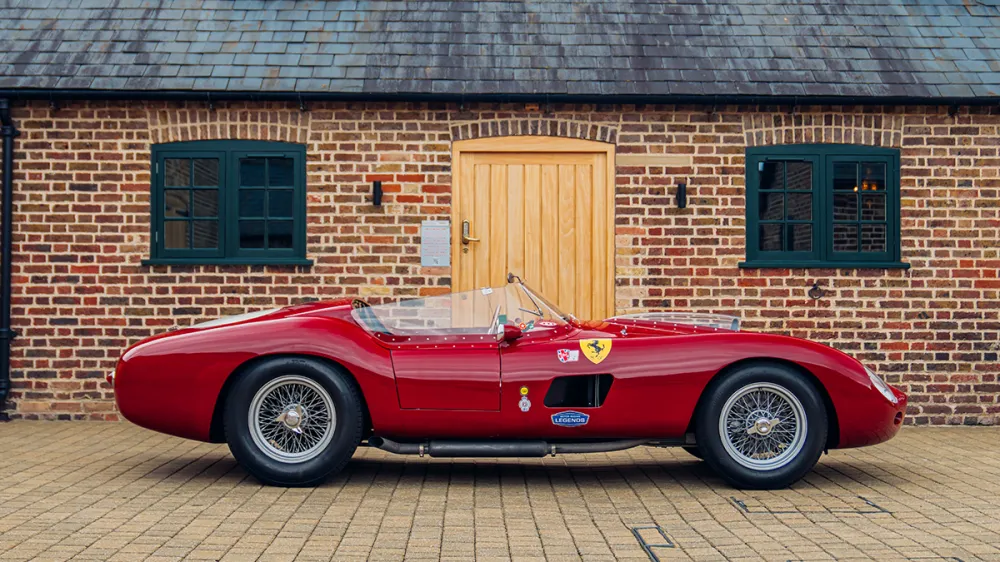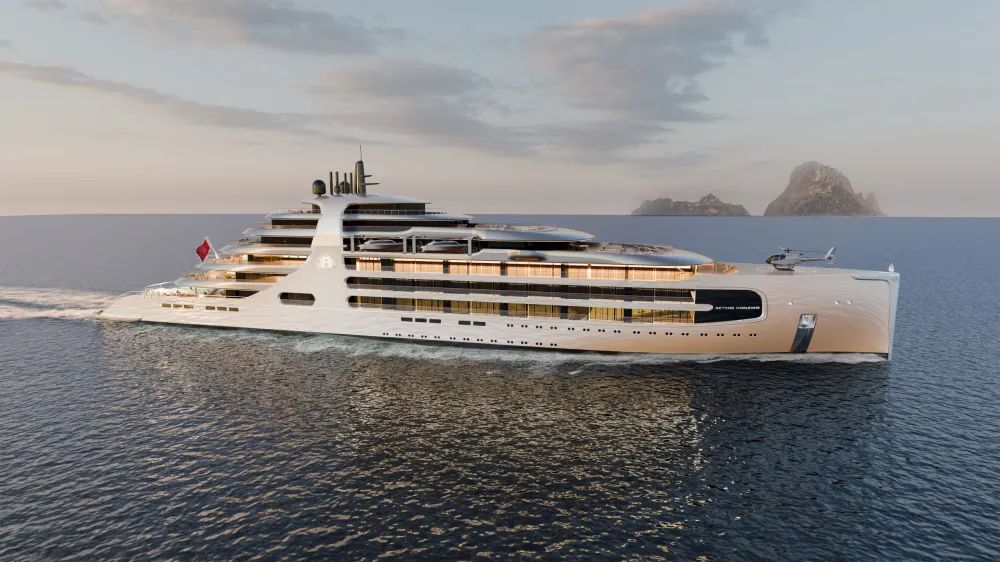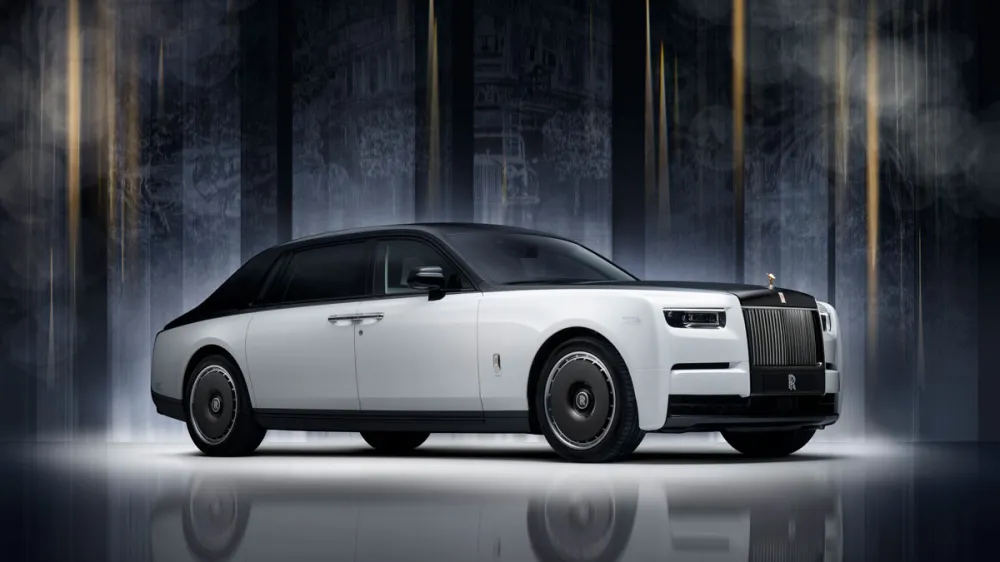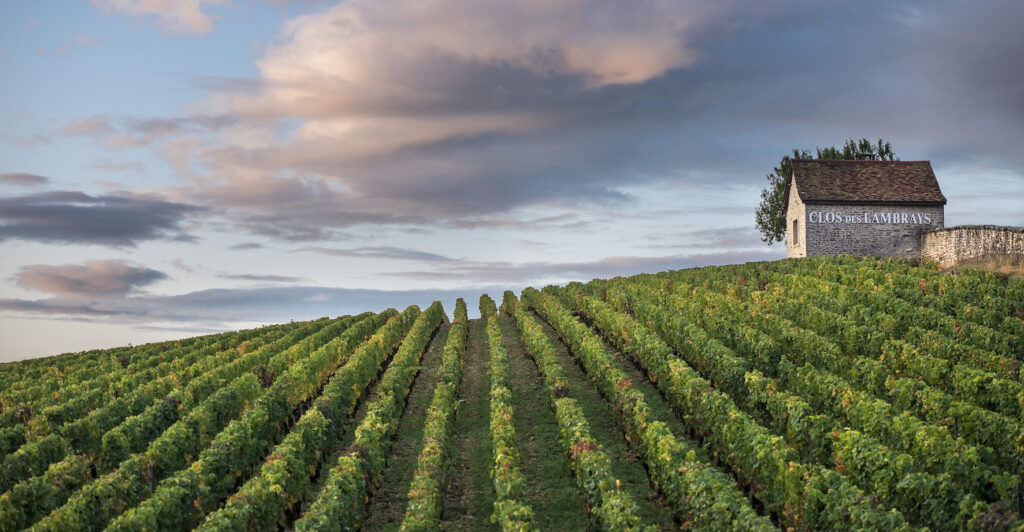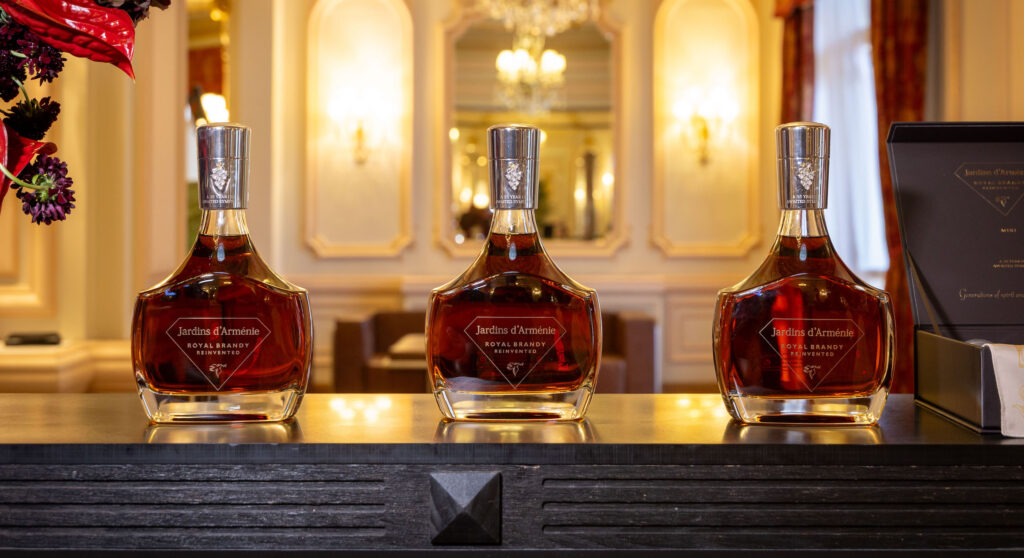You can’t replicate provenance. But attitude? That’s another story.
With the effect of seeing a grainy cinematic reel enhanced to high-def, the Cegga 002/60 roars into view, in living color, on a country road just outside London. The car is a tribute to a Ferrari 250 Testa Rossa that lived a most improbable life: Raced, wrecked, then rebuilt and significantly customized, it went on to enjoy notable success on the European racing circuit during the golden age of motorsport—only to be sold and reverted back to standard spec some seven years later.
A brief timeline, for clarity: In 1958, on the Freiburg-Schauinsland hill climb in Germany, owner Alfred Hopf lost control of his 250 Testa Rossa and ended up deep in the trees of the Black Forest. The following year, the wreckage was bought by brothers Claude and Georges Gachnang of Aigle, Switzerland, who, despite their country’s ban on motorsport at the time, were determined to race. Claude, a gifted mechanic, redesigned the suspension to sharpen the car’s handling, then commissioned Italian coachbuilder Scaglietti to wrap the tubular steel chassis in a distinct hand-beaten-aluminum body. (The pert tail, for example, owes much to British sports cars of the era.) The vehicle, christened Cegga 002/60, went on to win numerous European hill climbs in the early 1960s under the banner of Scuderia Cegga—an acronym of Claude et Georges Gachnang Aigle—and appeared on the starting grid at the Four Hours of Pescara and the Nürburgring 1,000 Kilometers.
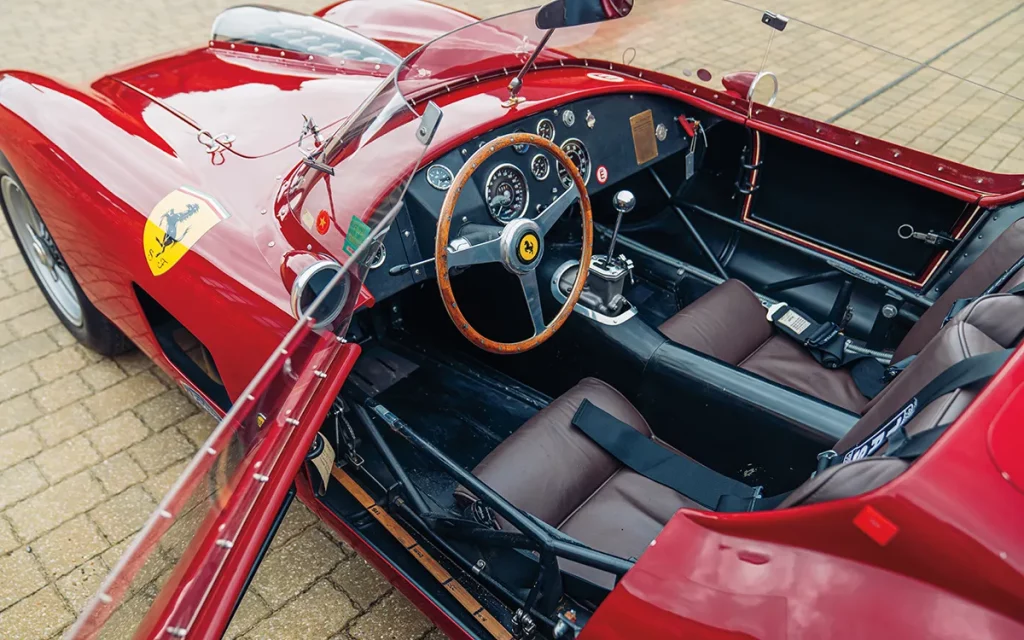
But after an accident in 1966, Georges retired from competition and the car was sold to a Ferrari collector who immediately converted it back to stock. Scuderia Cegga and its uniquely styled roadster might have been forgotten entirely if it wasn’t for former English rugby star (and avid historics racer) David Cooke. In 2016, Cooke, having read about the Gachnangs and their cars, tracked down the brothers, then in their 80s, who shared their trove of technical drawings and period photos of the 002/60. Using a Ferrari 250 GT Boano chassis and a period-correct 3.0-liter Colombo V-12, classics expert Neil Twyman re-created the machine with inboard disc brakes, an ENV differential, and independent rear suspension (instead of a beam axle) to match the original Cegga geometry. The process took four years, with the brothers regularly flying over from Switzerland to provide hands-on advice. In 2019, Cooke raced the Cegga doppelgänger at the Goodwood Revival as a tearful Georges watched, and the replica went on to become a regular sight at historic events.
When in motion, the 002/60 turns more heads than any 21st-century hypercar. Exhaling through twin side pipes, its unsilenced V-12 is brutally loud—any attempt at conversation inside the cockpit is useless—but the modified chassis imbues the drive dynamics with a surprising level of sophistication; with its tactile steering and muscular manual shift, the racer demands, and rewards, every ounce of attention. With the help of U.K.-based Ferrari-restoration house DK Engineering and the Carhuna online-auction platform, the Cegga recently sold for nearly $865,000—a reminder that, with the right build team in your corner, authenticity is sometimes more a matter of attitude than pure provenance.

